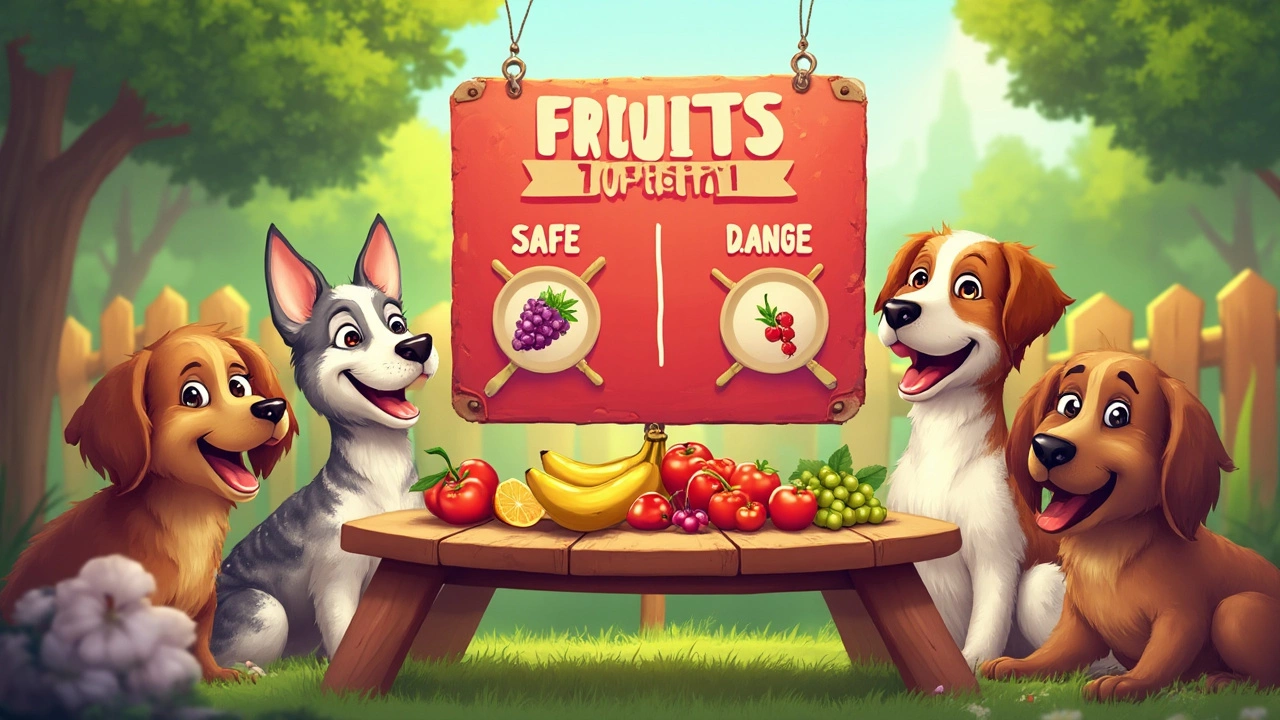Pet Food Guide: Choose, Feed, and Keep Your Dogs & Cats Healthy
Did you know a typical adult dog can burn over 2,000 calories a day? That’s a lot of fuel, and the right food makes all the difference. Whether you’re a first‑time owner or a seasoned pet parent, figuring out what to put in the bowl can feel overwhelming. This guide breaks down the basics so you can feed your furry friends with confidence.
How to Pick the Right Food
Start by checking the label. Look for a statement that says the food meets AAFCO standards – that’s the industry’s guarantee of a complete diet. Next, scan the ingredient list. Real meat should be the first ingredient, not a vague “meat by‑product.” If you see corn, wheat, or soy high on the list, you might want to try a grain‑free or limited‑ingredient option, especially if your pet has a sensitive tummy.
Age matters, too. Puppies and kittens need higher protein and calories for growth, while seniors benefit from joint‑supporting nutrients like glucosamine. Most brands offer life‑stage formulas, so match the product to your pet’s age group. Don’t forget size – small‑breed dogs often need smaller kibble that’s easier to chew.
Common Mistakes and Safety Tips
One frequent error is feeding table scraps. A few bites of cheese or chicken won’t hurt, but regular human food can unbalance nutrition and lead to weight gain. Another mistake is over‑feeding. Use the feeding guide on the package as a starting point, then adjust based on your pet’s activity level and body condition. A quick visual check – feeling the ribs without pressing hard – helps you judge if they’re at a healthy weight.
Storage is often overlooked. Once opened, keep kibble in an airtight container away from heat and moisture. This prevents mold and keeps the fats from going rancid. Wet food should be refrigerated after opening and used within 24‑48 hours. If your pet leaves food out for a long time, especially in warm weather, bacteria can grow fast and cause stomach upset.For dogs that love to chew, consider adding a dental chew or a raw bone once a week. It helps clean teeth and satisfies the natural urge to gnaw. Cats, on the other hand, benefit from a little water addition to dry kibble – it improves hydration and supports kidney health.
When switching foods, do it gradually. Mix a small amount of the new food with the old, increase the new portion over a week, and watch for any signs of digestive upset. This slow transition gives the gut time to adapt and reduces the chance of diarrhea.
Finally, keep an eye on recalls. Sign up for email alerts from your favorite brands or follow reputable pet news sites. A quick check can save you and your pet from a bad batch of food.
Choosing the right pet food isn’t rocket science, but it does require a bit of research and observation. Use the label, match the food to your pet’s life stage, store it properly, and monitor how they respond. Follow these steps, and you’ll give your dog or cat the nutrition they need to stay happy and wagging (or purring) for years to come.

What Fruits Are Unsafe for Dogs to Eat?
Ever wondered which fruits are off-limits for your furry friend? While many fruits are healthy for dogs, some can cause serious harm. This article uncovers the fruits that should never find their way into your dog's diet. Learn what makes these fruits dangerous and how to keep your canine companion safe. Stay informed and ensure your dog stays happy and healthy.
read more



